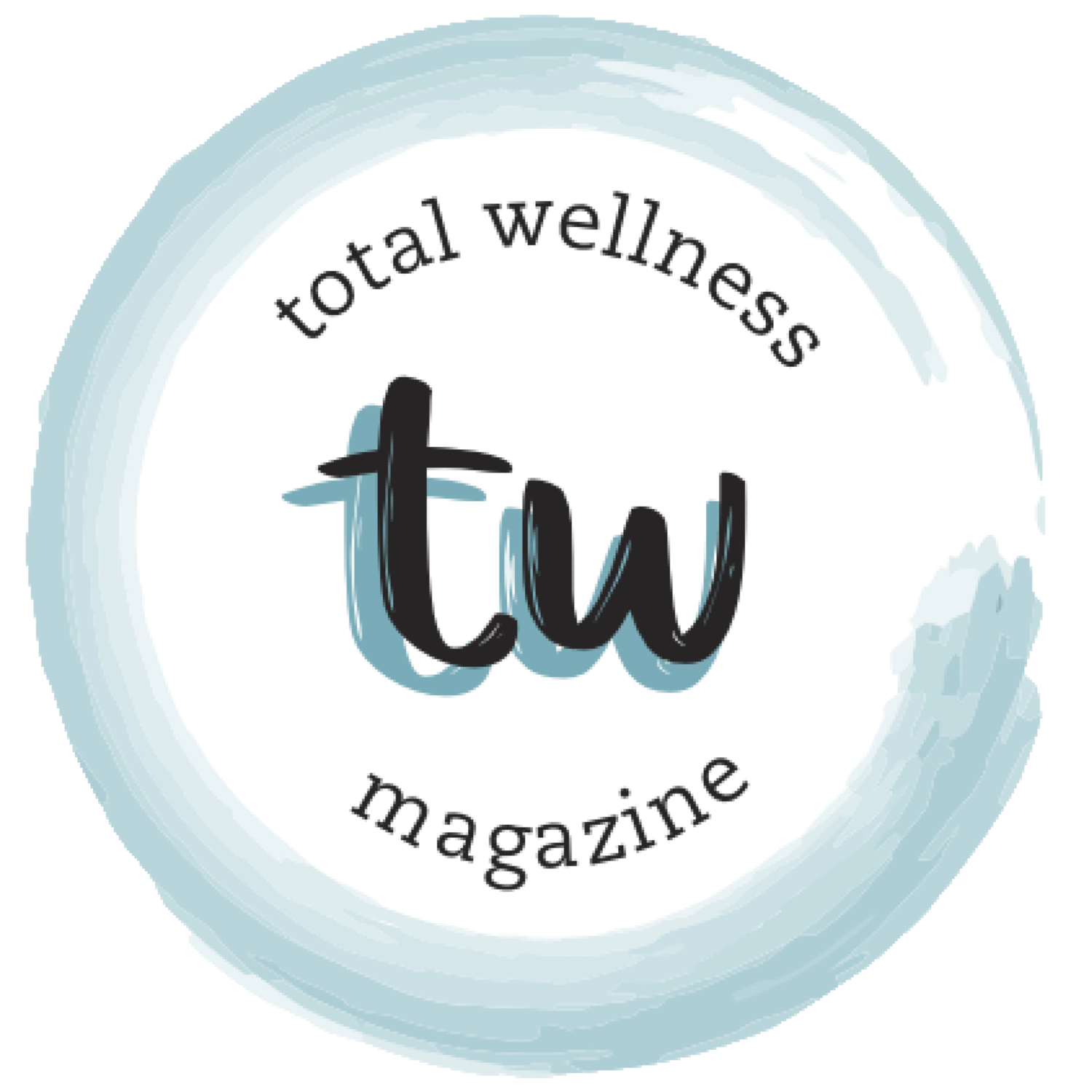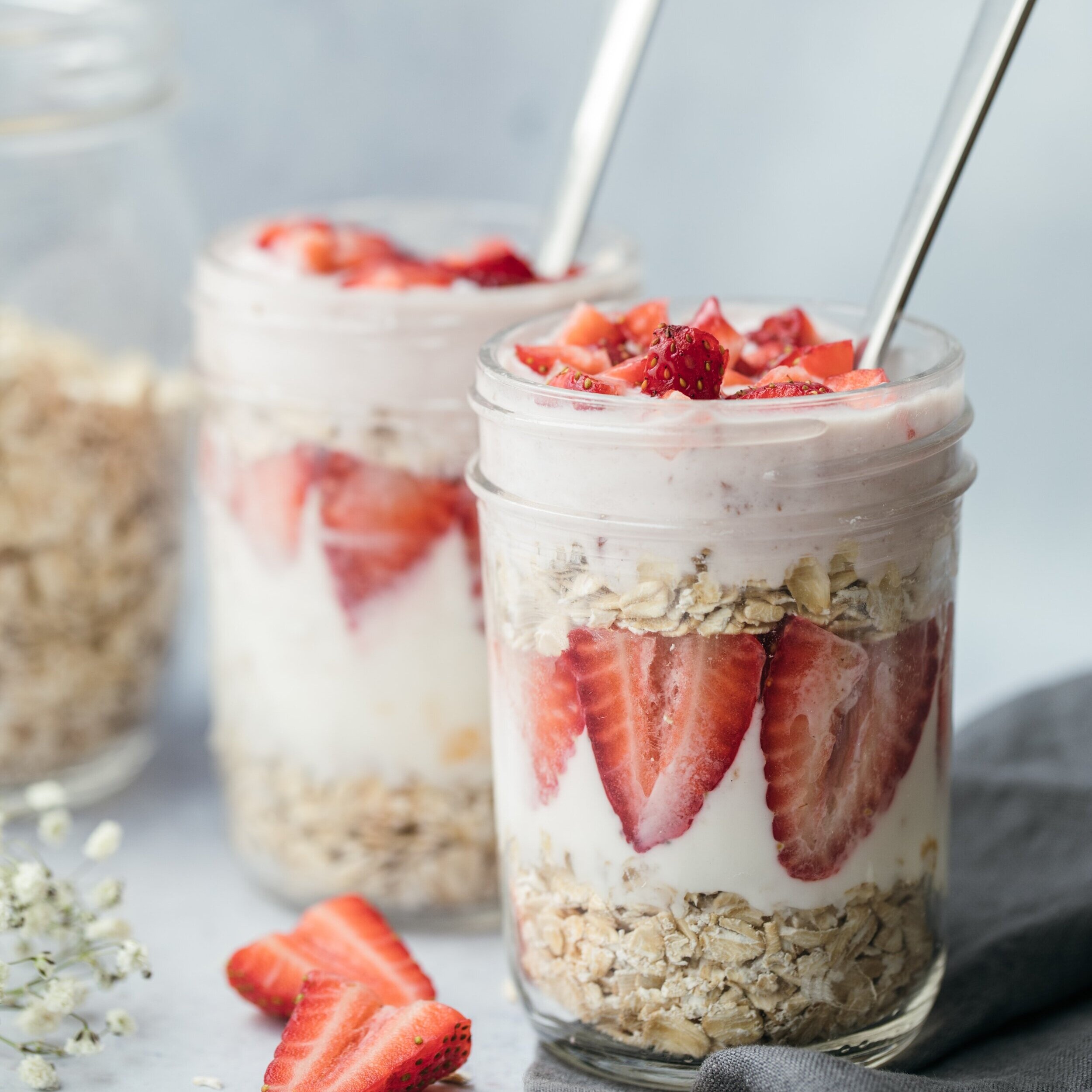5 Tips for Eating Healthy on a Budget
by Fiona Osborn
You’ve heard it a million times before: eat healthy and have a balanced diet. For most college students, this can sometimes feel impossible to accomplish so turning to cheap, processed foods may seem like the best option. However, maintaining a healthy diet is not as hard as it seems and can even be done on a tight budget. Here are five super simple tips to help you start eating healthy—without having to worry about the cost.
1. Cook for yourself
Going out to eat is expensive, especially when you are looking for healthy options. So why spend $15 on a salad when you can make one for less money in the comfort of your own home? Although cooking may seem intimidating, it is very easy to learn and once you do, cooking can even be fun as it is a great way to experiment with flavors and customize your meals to your liking. So save going out for special occasions and jump in the kitchen instead!
2. Plan Ahead
Planning ahead is essential to maintaining a budget. Start by writing a grocery list and thinking about the kinds of meals you want to prepare for the week ahead as well as the ingredients required for each dish. Make sure you know what ingredients you already have on hand and how much you will use throughout the week to avoid overbuying. You can also find recipes that make use of similar ingredients. This is a great way to save both time and money; by planning your meals and preparing large batches of foods like chicken or brown rice ahead of time, you will always have something to cook with on hand.
3. Eat Less Meat
For many people, meat is at the center of their meals. From classic barbeque to maple bacon desserts, meat makes up a large portion of everyday diets and often people cannot fathom giving it up. However, meat is not cheap so reducing your intake can free up your budget and is even better for your health. In fact, processed meats have been linked to negative health outcomes and are now classified as carcinogenic [1]. Thus, try substituting cheaper protein options like eggs and beans in your next meal! Plant-based proteins in particular come in many forms—from lentils to hemp seeds to tofu—giving you plenty of options to find what is best for you. Replacing meat with plant-based proteins can even reduce the risk of cardiovascular disease and type 2 diabetes because they contain less saturated fats, which are thought to be involved in the development of many chronic diseases [2]. However, this does not mean that you have to give up meat completely! Replacing even a few meals each week with alternative protein sources can help you to reduce spending and improve your overall health!
4. Switch to seasonal produce
Fruits and veggies are an essential part of any diet because they provide a good source of essential nutrients. But an important factor to consider when buying produce is its seasonality. In-season produce refers to items that are grown and available for purchase during that particular season. More often than not, seasonal produce is cheaper than other fruits and vegetables and not to mention, tastier and better-quality. For late fall and early winter, look for items like apples, pomegranates, winter squash, and cauliflower.
While California is lucky enough to have year-round access to a variety of fruits and vegetables, do not be afraid of produce that is frozen or canned. Fresh ingredients are certainly more appealing, but sometimes a frozen pack of veggies may be better for your wallet. A 2014 study found that the nutritional value of frozen and canned options, particularly vegetables, is comparable to fresh options, and that these alternatives are typically a lot more affordable [3]. Just make sure to look for products without added sodium and other preservatives, as large amounts of sodium in your diet can increase the risk of high blood pressure. Another benefit of frozen foods is that they last longer than fresh produce, so you do not have to worry about using all of your produce before it goes bad.
5. Buy in Bulk
Lastly, buy ingredients in bulk. Although this means initially investing more money, the per unit cost of bulk items decreases over time, allowing you to save in the long-run. This is especially true for grains such as rice and quinoa, which typically already come in large packaging and are considered food staples by many people. Other essentials—like olive oil, salt, and pepper—are also efficient to purchase in larger quantities as they are used in most dishes. Another tip: if there is a spice or sauce that you particularly enjoy–sriracha, for example–keep it on hand as a pantry staple! This allows you to take your healthy dishes to the next level, making them even more appealing to eat without having to pay for obscure spices that you will only use a few times.
Final Thoughts
Having a tight budget or busy schedule should not be an excuse to avoid eating healthy. Maintaining a healthy diet is a gradual process; you do not have to switch your habits all at once, but putting in the effort to make small changes to your life can have a large impact on your health. Hopefully, these 5 tips will help you form healthy, budget-conscious habits.
References
“Meat Consumption, Health, and the Environment” Science. (2018).
“Potential health hazards of eating red meat”. Journal of Internal Medicine. (2016).
“Nutrition and Cost Comparisons of Select Canned, Frozen, and Fresh Fruits and Vegetables” Sage Journals. (2014).











